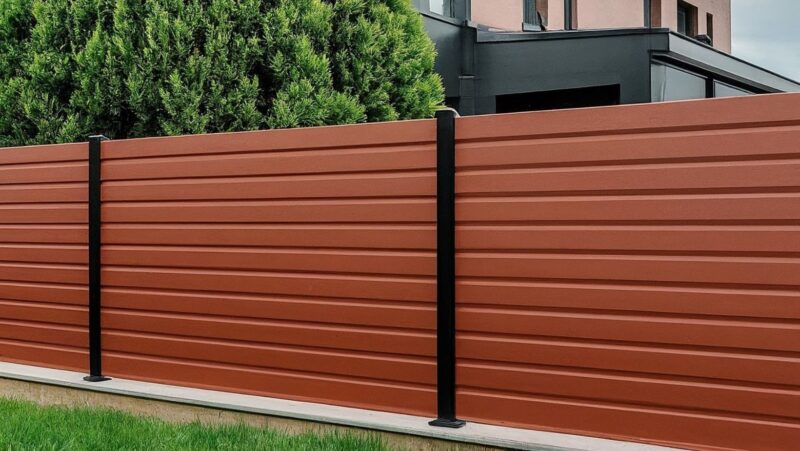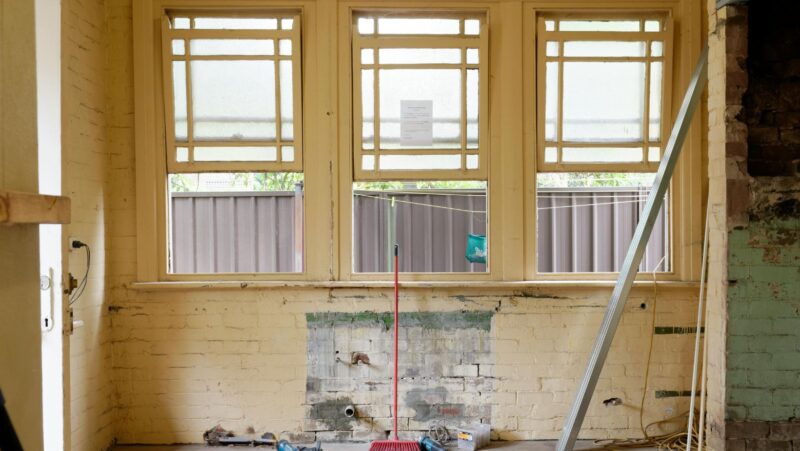Outdoor benches, those unassuming yet essential fixtures in public parks, gardens, and private spaces, hold a timeless allure that transcends generations. Beyond their functional role as seating arrangements, these benches serve as silent witnesses to countless stories, conversations, and moments of repose. This comprehensive guide delves into the multifaceted world of outdoor benches, exploring their history, design variations, practical applications, and enduring appeal.
Table of Contents
ToggleA Brief History:
The origins of outdoor benches can be traced back to ancient civilizations, where rudimentary stone or wooden structures provided weary travelers and citizens a place to rest. In medieval Europe, stone benches adorned castle gardens and town squares, offering respite amidst bustling markets and social gatherings. The Renaissance witnessed a resurgence of interest in garden design, with outdoor benches becoming integral components of meticulously planned landscapes.
Design Variations:
Outdoor benches come in many designs, ranging from classic to contemporary, each tailored to suit specific aesthetic preferences and functional requirements. Traditional wooden benches exude rustic charm and blend seamlessly with natural surroundings, while metal benches exude a sleek, modern allure. Recycled plastic benches offer an eco-friendly alternative, combining durability with sustainability. Benches may feature intricate carvings, ornate details, or minimalist silhouettes, catering to diverse tastes and design sensibilities.
Practical Applications:
The versatility of outdoor benches extends far beyond mere seating arrangements, encompassing a wide range of practical applications. In public parks and recreational areas, benches provide weary walkers and joggers with a place to rest and rejuvenate. Benches serve as social hubs in urban settings, fostering spontaneous interactions and community engagement. Additionally, outdoor benches enhance the visual appeal of streetscapes, parks, and commercial districts, contributing to the overall ambiance and character of the environment.
Choosing the Right Bench:
Selecting the perfect outdoor bench entails careful consideration of various factors, including materials, dimensions, and intended usage. Wood benches, crafted from teak, cedar, or redwood, exude warmth and character, but require periodic maintenance to preserve their beauty.

Metal benches, constructed from aluminum or wrought iron, offer durability and weather resistance, making them ideal for high-traffic areas. Recycled plastic benches, with their low maintenance requirements and eco-friendly credentials, are well-suited for sustainable projects and green spaces.
Maintenance and Care:
Proper maintenance is essential to ensure outdoor benches’ longevity and pristine condition. Wooden benches should be regularly cleaned and treated with weather-resistant sealants to protect against moisture and rot. Metal benches may require occasional repainting or rust-proofing to maintain their appearance and structural integrity. Recycled plastic benches, although inherently resistant to rot and corrosion, benefit from periodic cleaning to remove dirt and debris.
Enhancing Comfort and Accessibility:
Incorporating ergonomic features and accessibility enhancements can significantly enhance the comfort and usability of outdoor benches. Backrests and armrests provide additional support and comfort, allowing users to easily relax and unwind.

Bench cushions and seat pads offer plush seating surfaces, enhancing comfort during extended periods of use. Moreover, ensuring adequate spacing between benches and providing wheelchair-accessible seating options promotes inclusivity and accommodates individuals with diverse needs.
The Role of Outdoor Benches in Urban Planning:
Outdoor benches play a pivotal role in urban planning and placemaking, contributing to the creation of vibrant, livable communities. Thoughtfully placed benches encourage pedestrian activity, facilitate social interaction, and promote a sense of belonging and community pride. By strategically integrating benches into public spaces, urban planners can foster a sense of connectivity and cohesion, transforming sterile environments into inviting destinations for residents and visitors alike.
Conclusion:
In conclusion, outdoor benches embody the perfect marriage of form and function, serving as timeless symbols of relaxation, camaraderie, and natural beauty. From their humble beginnings in ancient civilizations to their modern incarnations in bustling urban landscapes, these versatile fixtures continue to captivate hearts and minds across the globe. Whether nestled beneath the canopy of a majestic tree or overlooking a panoramic vista, outdoor benches invite us to pause, reflect, and appreciate the simple joys of life.





